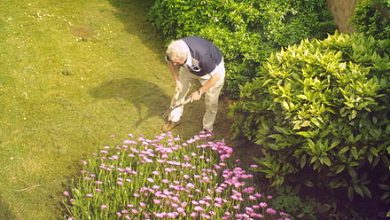Pests and Diseases of Bananas: [Detection, Causes and Solutions]
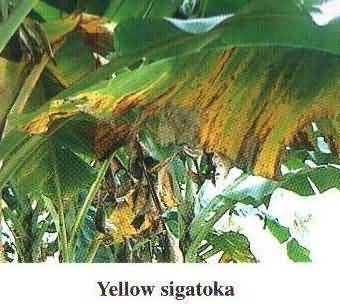
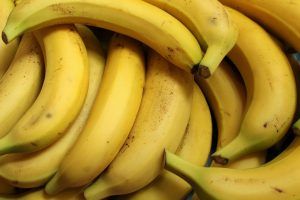 Banana cultivation is one of the most productive in the world, although it only occurs in areas with warm climates.
Banana cultivation is one of the most productive in the world, although it only occurs in areas with warm climates.
In Spain it is common for native crops to be in the Canary Islands, due to the environmental conditions of the area that are ideal for them.
It is a plant that produces a fruit with quite good characteristics in terms of nutrition levels and, above all, ease of consumption.
But it is also prone to certain pests and diseases, so you have to pay close attention to prevent the damage from becoming considerable.
black weevil
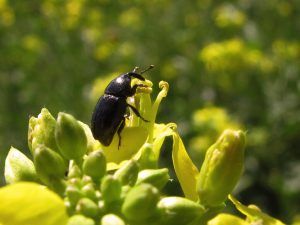 It is a beetle-like insect that is commonly seen attacking banana crops. Its body is dark brown, almost black, and as the size is about 1 centimeter, it is easily visible.
It is a beetle-like insect that is commonly seen attacking banana crops. Its body is dark brown, almost black, and as the size is about 1 centimeter, it is easily visible.
As for the mouth, it contains a sucking device (like a beak) through which it absorbs the food it needs from plants.
In addition, when it is in the larva phase, it consumes the inside of the stem of the banana tree, which causes the formation of yellow spots.This, in turn, affects the vitality of the plant, being able to break the stem and allowing us to see the tunnels that they make inside.
A simple method of control is with the use of traps , which are placed on the ground and worked with commercially sold food baits.The idea is to attract the insects and then they are eliminated by drowning, since the base of the trap will be filled with soap and water.
Panama disease
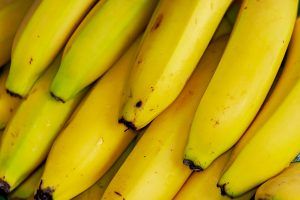 Among the possible diseases that attack the banana crop, Panama disease is perhaps the most lethal because it has no cure.
Among the possible diseases that attack the banana crop, Panama disease is perhaps the most lethal because it has no cure.
It is produced by the action of a fungus of the Fusarium family that consumes the plant from the oldest to the newest leaves .
The first symptoms are evidenced by generating yellow spots on the structure and the impossibility of generating fruit clusters.In fact, in the few cases in which the plant is capable of producing clusters, they remain flaccid and thin because they do not complete their growth.
In any case, preventive measures are the most recommended, betting on the disinfection of the land with the application of agricultural lime .
Red spider
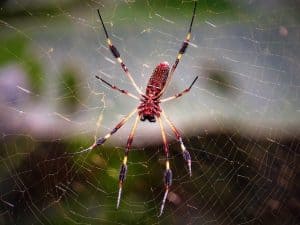 Many banana crops can survive the attack of the red spider because it does not affect them in a harmful way when they are in low numbers.
Many banana crops can survive the attack of the red spider because it does not affect them in a harmful way when they are in low numbers.
In general, the red spider consumes the sap of the leaves and hides on the underside , making it difficult to detect their presence with the naked eye.
The fact is that the use of fertilizers with a high level of nitrogen added to a low level of humidity, can help them multiply.This multiplication causes them to start damaging the bunches of bananas and it is at this stage that the appropriate treatment must be applied.
This will consist of mixing sulfur with irrigation water , so that humidity levels are raised and insects are repelled.
thrips
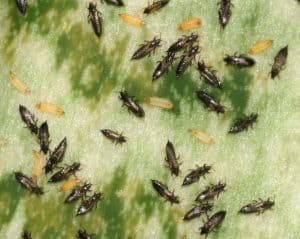 Thrips are small insects that cause damage to many types of crops and radically affect the fruit in bananas .
Thrips are small insects that cause damage to many types of crops and radically affect the fruit in bananas .
This is because the females carry out the process of laying their eggs in the new fruits, leading to damage to the final adults.
In most cases, these damages are evidenced by the presence of dark spots on the shell.However, it could also affect its texture, making it rough and causing the pulp to lose its characteristic moisture.
The latter is perceptible when the number of thrips is very high and the pertinent corrective measures have not been taken.To deal with a thrips attack it is necessary that the plant is in optimal health conditions, as well as free of weeds in the surroundings.
As for chemicals, components such as malathion are helpful.Of course, as it is a complex mixture, it is necessary to follow the instructions approved by the competent bodies.
bold
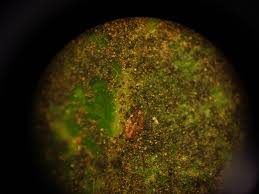 The bold fungus that occurs in banana trees due to the activity of some pests such as whiteflies and aphids.
The bold fungus that occurs in banana trees due to the activity of some pests such as whiteflies and aphids.
It is a fungus that attacks mainly the leaves , causing stains on the structure with a kind of black powder.This could look like the product of combustion, soot, which makes the plant ugly.
After causing damage to the leaves, it could move to other areas such as the stem, also damaging it.The good news is that its effects do not cause considerable damage at the production level and will not lead the plant to death, as in other diseases.
This is only when the damage is not so strong, as its effects could affect the normal processes of photosynthesis.And this, as a consequence, could weaken the plant and affect the good quality of the fruits, as it is likely that the number of bunches will also be reduced.
One of the easiest ways to prevent the fungus from attacking the plant is to make sure that the pests that generate honeydew do not harm it.Now, if the damage has already been done, it is best to resort to natural cleaning strategies, such as washing with potassium soap.
This soap, in addition to helping to clean the fungus plant, also fights the pests that produce it.After carrying out the appropriate washing of each plant and affected area, it will be time to carry out a cleaning pruning.
This last pruning will serve to eliminate the areas that have been most damaged and that disfigure the structure of the banana tree.In general, planting bananas has a very high success rate in most cases.
But if we notice that something is not going very well, taking early action can help reduce the risk of plant and crop losses.

![Photo of [10 Types] of Indoor Plants that Need Low Light](https://www.complete-gardening.com/wp-content/uploads/2022/08/10-types-of-indoor-plants-that-need-low-light-390x220.jpg)

